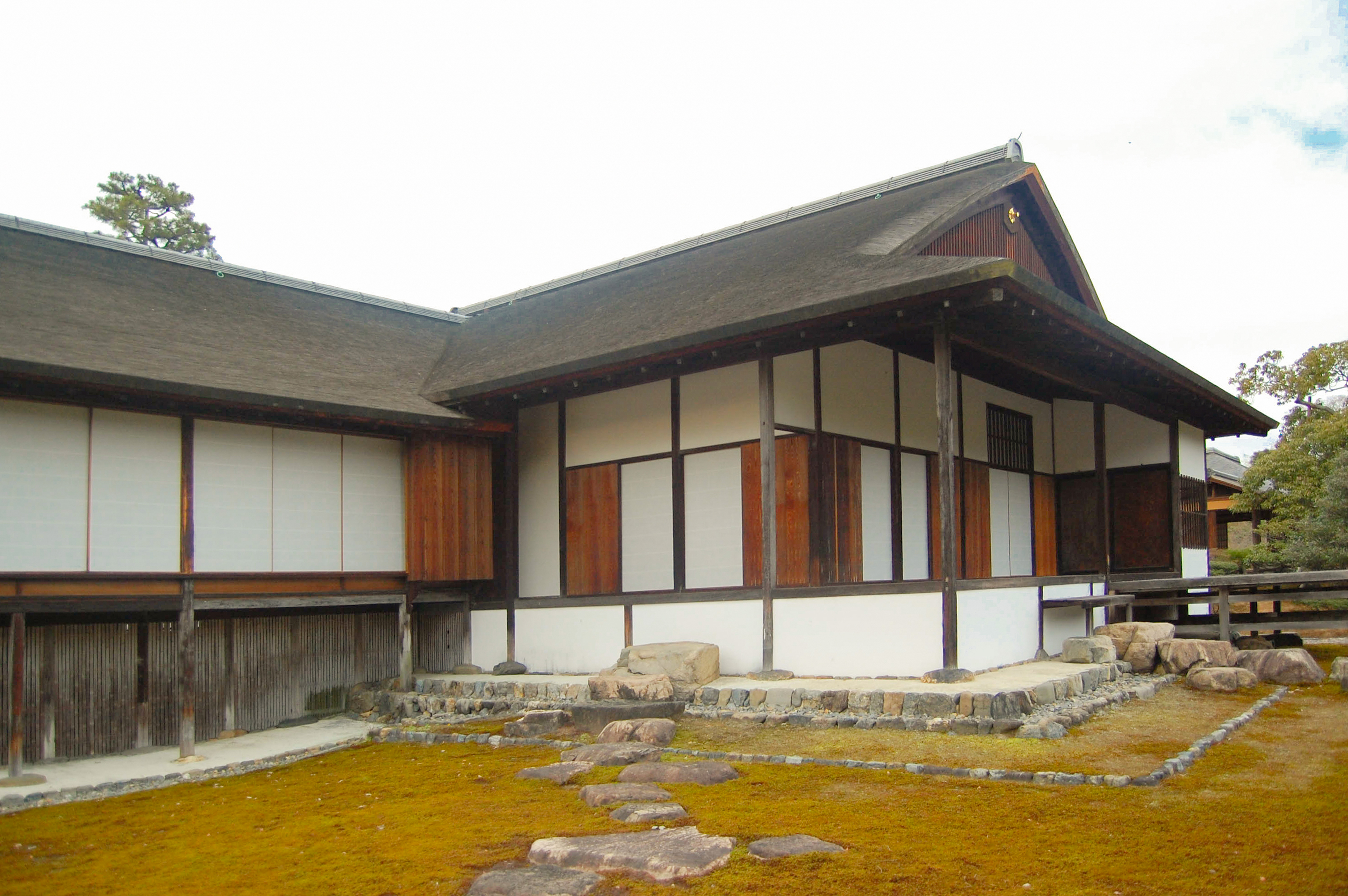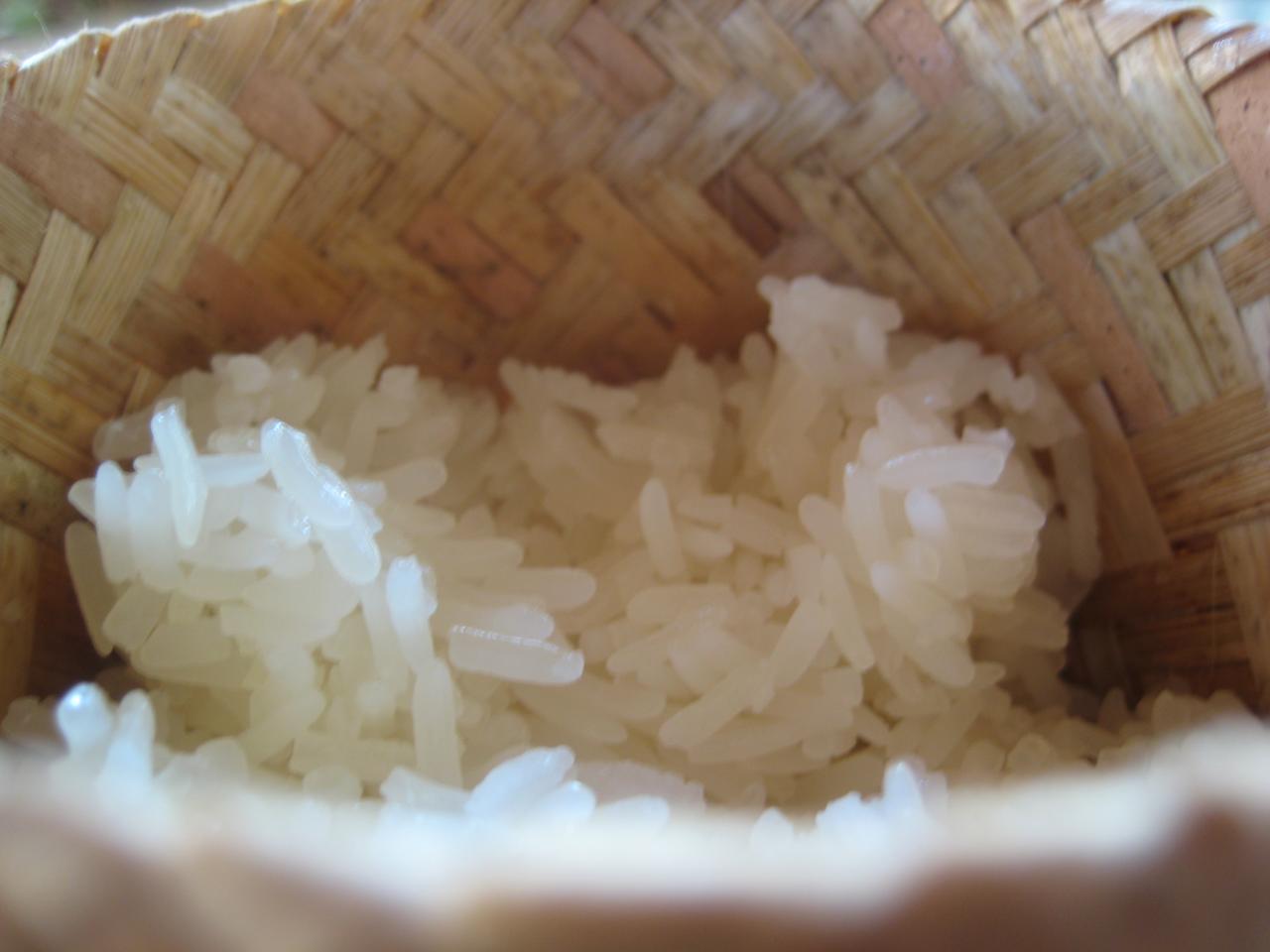|
Shōji
A is a door, window or room divider used in traditional Japanese architecture, consisting of Transparency and translucency, translucent (or transparent) sheets on a lattice frame. Where light transmission is not needed, the similar but opaque ''fusuma'' is used (/closet doors, for instance). Shoji usually slide, but may occasionally be hung or hinged, especially in more rustic styles. Shoji are very lightweight, so they are easily slid aside, or taken off their tracks and stored in a closet, opening the room to other rooms or the outside. Fully traditional buildings may have only one large room, under a roof supported by a post-and-lintel frame, with few or no permanent interior or exterior walls; the space is flexibly subdivided as needed by the removable sliding wall panels. The posts are generally placed one ''tatami''-length (about ) apart, and the shoji slide in two parallel wood-groove tracks between them. In modern construction, the shoji often do not form the exterio ... [...More Info...] [...Related Items...] OR: [Wikipedia] [Google] [Baidu] |
Japanese Architecture
has been typified by wooden structures, elevated slightly off the ground, with tiled or thatched roofs. Sliding doors ('' fusuma'') and other traditional partitions were used in place of walls, allowing the internal configuration of a space to be customized for different occasions. People usually sat on cushions or otherwise on the floor, traditionally; chairs and high tables were not widely used until the 20th century. Since the 19th century, however, Japan has incorporated much of Western, modern, and post-modern architecture into construction and design, and is today a leader in cutting-edge architectural design and technology. The earliest Japanese architecture was seen in prehistoric times in simple pit-houses and stores adapted to the needs of a hunter-gatherer population. Influence from Han dynasty China via Korea saw the introduction of more complex grain stores and ceremonial burial chambers. The introduction of Buddhism in Japan during the sixth century was a ca ... [...More Info...] [...Related Items...] OR: [Wikipedia] [Google] [Baidu] |
Sukiya-zukuri
is one type of Japanese residential architectural style. ''Suki'' (Ateji: 数寄 or 数奇) means refined, well cultivated taste and delight in elegant pursuits, and refers to enjoyment of the exquisitely performed tea ceremony. The word originally meant a small structure for the Japanese tea ceremony (known as a ''chashitsu'') and was associated with ''ikebana'' and other Japanese traditional arts. It has come to indicate a style of designing public facilities and private homes based on tea house aesthetics. Historically and by tradition, ''sukiya-zukuri'' is characterised by a use of natural materials, especially wood. In contemporary architecture, its formal and spatial concepts are kept alive in modern materials such as steel, glass and concrete. Origins In 1587, Toyotomi Hideyoshi (1536–98) employed the tea master Sen no Rikyū as his advisor on aesthetic matters. In the compound of Hideyoshi's imposing Jurakudai castle in Kyoto Rikyū designed an eighteen mat buildi ... [...More Info...] [...Related Items...] OR: [Wikipedia] [Google] [Baidu] |
List Of Partitions Of Traditional Japanese Architecture
Traditional Japanese architecture uses post-and-lintel structures – vertical posts, connected by horizontal beams. Rafters are traditionally the only structural member used in Timber framing#Japanese, Japanese timber framing that are neither horizontal nor vertical. The rest of the structure is Load-bearing wall, non-load-bearing. While fixed walls are used, a variety of movable partitions are also used to fill the spaces between the pillars. They may be free-standing, hung from lintels, or, especially in later buildings, sliding panels which can readily be removed from their grooves. Their type, number, and position are adjusted according to the weather without and the activities within. They are used to modify the view, light, temperature, humidity, and ventilation, and to divide the interior space. [...More Info...] [...Related Items...] OR: [Wikipedia] [Google] [Baidu] |
Fusuma
In Japanese architecture, are vertical rectangular panels which can slide from side to side to redefine spaces within a room, or act as doors. They typically measure about wide by tall, the same size as a ''tatami'' mat, and are thick. The heights of ''fusuma'' have increased in recent years due to an increase in average height of the Japanese population, and a height is now common. In older constructions, they are as small as high. They consist of a lattice-like wooden understructure covered in cardboard and a layer of paper or cloth on both sides. They typically have a black lacquer border and a round finger catch. Historically, ''fusuma'' were painted, often with scenes from nature such as mountains, forests or animals. Today, many feature plain mulberry paper, or have industrially-printed graphics of fans, autumn leaves, cherry blossom, trees, or geometric graphics. Patterns for children featuring popular characters can also be purchased. Both ''fusuma'' and ''sh ... [...More Info...] [...Related Items...] OR: [Wikipedia] [Google] [Baidu] |
Chashitsu
''Chashitsu'' (, "tea room") in Japanese tradition is an architectural space designed to be used for Japanese tea ceremony, tea ceremony (''chanoyu'') gatherings. The architectural style that developed for ''chashitsu'' is referred to as the ''sukiya'' style (''sukiya-zukuri''), and the term ''Sukiya (style), sukiya'' () may be used as a synonym for ''chashitsu''. Related Japanese terms are ''chaseki'' (), broadly meaning "place for tea", and implying any sort of space where people are seated to participate in tea ceremony, and ''chabana'', "tea flowers", the style of flower arrangement associated with the tea ceremony. Typical features of ''chashitsu'' are ''shōji'' windows and sliding doors made of wooden lattice covered in a translucent washi, Japanese paper; ''tatami'' mat floors; a ''tokonoma'' alcove; and simple, subdued colours and style. The most typical floor size of a ''chashitsu'' is 4.5 tatami mats ().''Kōjien'' Japanese dictionary, entry for 'chashitsu'. Definit ... [...More Info...] [...Related Items...] OR: [Wikipedia] [Google] [Baidu] |
Shoin-zukuri
is a style of Japanese architecture developed in the Muromachi period, Muromachi, Azuchi–Momoyama period, Azuchi–Momoyama and Edo period, Edo periods that forms the basis of today's traditional-style Japanese houses. Characteristics of the development were the incorporation of square posts and floors, i.e. those completely covered with tatami.Kodansha Encyclopedia of Japan, entry for "shoin-zukuri". The style takes its name from the , a term that originally meant a study and a place for lectures on ''sutras'' in a temple, but which later came to mean just a drawing room or study. History The foundations for the design of today's traditional Japanese residential houses with tatami floors were established in the late Muromachi period (approximately 1338 to 1573) and refined during the ensuing Momoyama period. , a new architectural style influenced by Zen Buddhism, developed during that time from the of the earlier Heian period's palaces and the subsequent residential st ... [...More Info...] [...Related Items...] OR: [Wikipedia] [Google] [Baidu] |
Tatami
are soft mats used as flooring material in traditional Japanese-style rooms. They are made in standard sizes, twice as long as wide, about , depending on the region. In martial arts, tatami are used for training in a dojo and for competition. Tatami are covered with a weft-faced weave of on a warp of hemp or weaker cotton. There are four warps per weft shed, two at each end (or sometimes two per shed, one at each end, to reduce cost). The (core) is traditionally made from sewn-together rice straw, but contemporary tatami sometimes have compressed wood chip boards or extruded polystyrene foam in their cores instead or as well. The long sides are usually with brocade or plain cloth, although some tatami have no edging. File:Modern tatami.JPG, Machine-sewing of tatami File:Tatami sectional view.jpg, Cross-section of a modern tatami with an extruded polystyrene foam core File:Men Making Tatami Mats, 1860 - ca. 1900.jpg, Making tatami mats, late 19th century. File:Tatami.jpg, ... [...More Info...] [...Related Items...] OR: [Wikipedia] [Google] [Baidu] |
Washitsu
A , meaning "Japanese-style room(s)", and frequently called a "tatami room" in English, is a Japanese room with traditional tatami flooring. also usually have sliding doors (), rather than hinged doors between rooms. They may have and, if the particular room is meant to serve as a reception room for guests, it may have a (alcove for decorative items). Traditionally, most rooms in a Japanese dwelling were in style. However, many modern Japanese houses have only one , which is sometimes used for entertaining guests, and most other rooms are Western-style. Many new construction Japanese apartments have no at all, instead using linoleum or hardwood floors. The size of a is measured by the number of tatami mats, using the counter word (), which, depending on the area, are between 1.5 m2 and 1.8 m2. (See tatami.) Typical room sizes are six or eight tatami mats in a private home. There are also half-sized mats, as in a 4.5-tatami room. People sit directly on the , on (a ... [...More Info...] [...Related Items...] OR: [Wikipedia] [Google] [Baidu] |
JAANUS
Japanese Architecture and Art Net Users System, or JAANUS, is an online dictionary of Japanese architecture and art terms compiled by Dr. Mary Neighbour Parent. It contains approximately eight thousand entries. It is searchable in both English and romaji and contains many hyperlinks and illustrations An illustration is a decoration, interpretation, or visual explanation of a text, concept, or process, designed for integration in print and digitally published media, such as posters, flyers, magazines, books, teaching materials, animations, vi .... See also * Japanology References External links * Japanese studies Architecture in Japan Japanese art {{Japan-art-stub ... [...More Info...] [...Related Items...] OR: [Wikipedia] [Google] [Baidu] |
Kumiko
Kumiko (くみこ, クミコ) is a feminine Japanese given name. Written forms Kumiko can be written using different kanji and can mean: *久美子, "forever, beauty, child" *空見子, "sky, see, child" *公美子, "public, beauty, child" *來未子, "come, not, child" *功美子, "success, beauty child" The name can also be written in hiragana or katakana. People * Kumiko Asō (久美子), a Japanese actress * Kumiko Akiyoshi (久美子), a Japanese actress * Kumiko Ogura (久美子), a Japanese female badminton player * Kumiko Nakano (公美子), a Japanese actress * Kumiko Goto (久美子), a Japanese model, actress and wife of Jean Alesi * Kumiko Takeda (久美子), a Japanese actress and model * Kumiko Hayashi (久美子), a Japanese politician * Kumiko Aihara (久美子), a Japanese politician * Kumiko Nishihara (久美子, born 1965), a Japanese voice actress * Kumiko Watanabe (久美子, born 1965), a Japanese actress and voice actress *, Japanese animator and charact ... [...More Info...] [...Related Items...] OR: [Wikipedia] [Google] [Baidu] |
Rice Glue
Rice glue () is a gel or liquid adhesive made of a smooth mush of well-cooked white rice, diluted to the desired thickness with water. It has been used since antiquity for various arts and crafts; for instance, it is a woodworking and paper glue. When dried, it is transparent. Rice glue is notable for containing no acids which can degrade the materials it holds together. It is still used in modern times to reversibly assemble joints; after it has dried, the glue can be soaked, steamed, or split to re-open the joint; on a small wood joint, the glue is resistant to tens of minutes of water immersion. It is sometimes mixed 1:1 with urushi lacquer to make nori-urushi (Japanese term), which is darker and dries faster than undiluted lacquer, and is used in making lacquerware. Rice glue is frequently used in Japan and in China. See also * Animal glue * Sticky rice mortar * Wheatpaste Wheatpaste (also known as flour and water paste, flour paste, or simply paste) is a gel or liqui ... [...More Info...] [...Related Items...] OR: [Wikipedia] [Google] [Baidu] |







